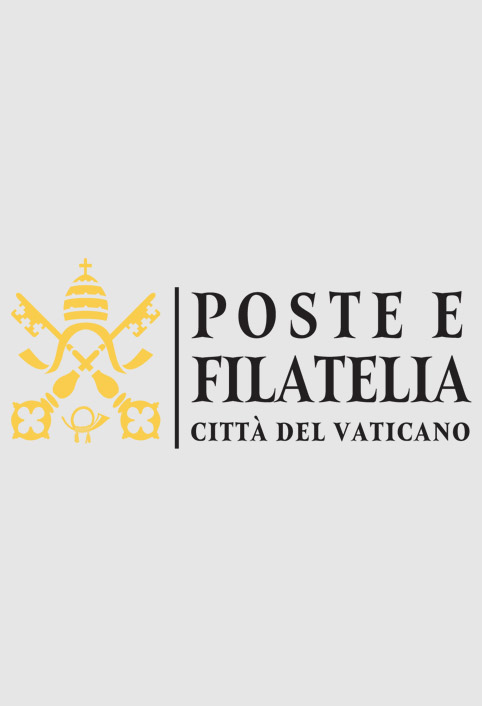
Experience

When we think of a postage stamp, we often picture a small piece of colorful paper in various shapes and images. Yet behind this simple object lies a long and fascinating history of human communication: the history of the postal system. From messages written on parchment or paper, mail evolved into a complex, international system that has shaped our daily lives.
The term “post” has ancient roots. Its etymology traces back to the Latin word Apostolis, referring to the Roman Curia’s practice of sending apostolic letters—essential for papal communication with the wider world. This term first appeared in Charlemagne’s Capitularies and later in the Lombard legal code. The Church played a central role in organizing communication through its messengers, known as cursores, who traveled across Europe. Monasteries and abbeys operated their own postal services, often using monks who carried letters on foot or horseback.
However, the postal system wasn’t widely used by the general population. In an age when most people were illiterate and travel was rare, there was little need for long-distance communication. That changed with the rise of the middle class and the expansion of commerce which created a demand for faster, more efficient information exchange. This gave rise to “university posts” and “merchant posts” marking the beginning of a profound transformation in communication.
Postal systems saw significant development in the following centuries. In 1499, Spain established its first national postal network with the authorization of Pope Alexander VI. Naples and Milan followed suit and in 1536, Pope Paul III created a postal service in Rome and Florence. These steps marked the advent of national postal services with official post offices handling correspondence on a state level.
In the 19th century, the invention of the postage stamp revolutionized mail delivery. The idea that led to the first postage stamp is attributed to British educator Rowland Hill, who proposed a pre-paid postage system with uniform rates based on letter weight, to address the issue of high postage costs. This led to the creation of a small “stamp” that could be affixed to a letter and paid for by the sender. The concept was realized with the world’s first postage stamp—the famous Penny Black, issued on May 1, 1840, in Great Britain.
The postage stamp system was a major success and quickly spread beyond Britain. In 1843, the Swiss cantons of Zurich and Geneva adopted stamps, followed in 1845 by Brazil. Between 1850 and 1852, many Italian city states did the same, including the Papal States, which issued their first stamp on January 1, 1852.
In the case of the Vatican, stamps held particular significance—not only practically but also symbolically. Pope Pius IX chose not to feature his image on the stamps, instead using the emblem of the papacy: crossed keys topped by the papal tiara. Although the design was often repeated, Vatican stamps remain a testament to the importance of the postal system within the Papal States and its connection to the Church’s temporal power.
As national postal systems grew the challenge of managing international mail traffic emerged. In 1874, the General Postal Union was founded with 21 participating countries including most of Europe, Egypt, Turkey, and the United States. This initiative standardized international postal regulations and rates enabling free and consistent mail exchange across borders. In 1878 the organization was renamed the Universal Postal Union (UPU), which still governs global postal operations today.
Meanwhile, the postcard emerged as a new form of communication. Starting in 1870, it allowed for short messages to be sent without compromising letter security. In later years, illustrated postcards gained popularity and color printing made them even more widespread turning them into beloved communication tools.
In 1929, the Lateran Treaty established Vatican sovereignty, and with it the right to manage its own postal services. Although the first Vatican stamp dates back to January 1, 1852, only with the treaty could the Holy See establish an independent postal system. On August 1, 1929, the Vatican Postal Service was officially founded and since then the Vatican has been a member of the Universal Postal Union.
In 1965, Vatican Post joined the European Conference of Postal and Telecommunications Administrations (CEPT), and in 2011 it became part of PostEurop—the Association of European Public Postal Operators. Today, Vatican Post provides various services, including priority mail, registered mail, parcel delivery, and treasury services for the Vatican’s Governorate. Every year, it issues new stamps that are highly sought after by collectors, especially those commemorating Church events and the Pope.
Philately—the collection and study of stamps and postal material—has a charm that goes far beyond economic value. Every stamp tells a story of a time period, a nation or a historic event. Through philately one can explore history and trace the evolution of communication across centuries.
While modern technology has transformed how we communicate, the beauty of stamps, postmarks and stamped letters continues to captivate millions around the world. Philately remains a realm of passion and curiosity where collectors piece together, stamp by stamp, the history of human connection. A journey that knows no boundaries of space, time or imagination.